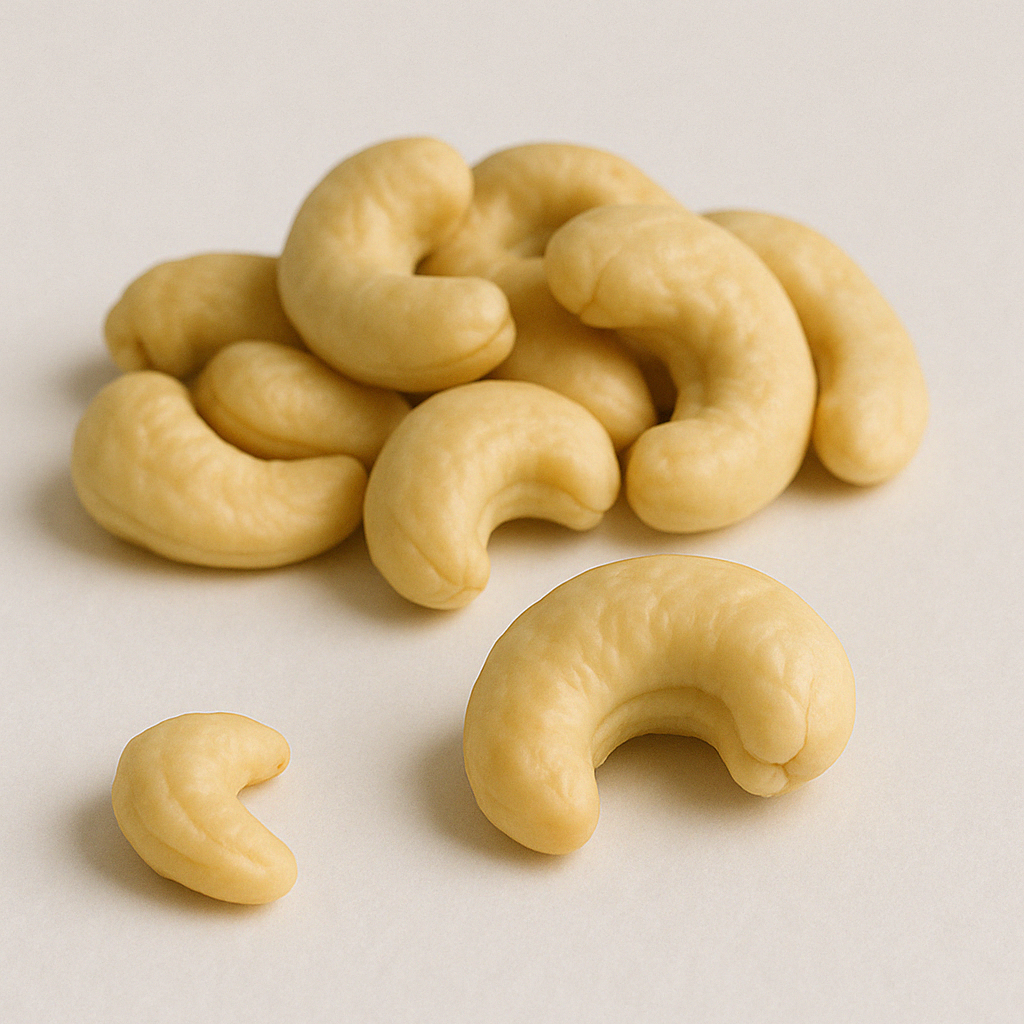About this market
About
History
Cashew was introduced to Tanzania by Portuguese traders in the 16th century, but large-scale production only expanded in the 20th century. The industry was nationalized during the socialist era, then liberalized in the 1990s. Since then, the government has reasserted control through the Cashewnut Board of Tanzania (CBT) and introduced mandatory warehouse receipt systems (WRS) to centralize marketing and pricing for farmers.
Production Regions
Cashew cultivation is concentrated in Tanzania’s southern coastal belt:
- Mtwara Region: The country’s leading cashew-producing area, contributing over 60% of total production.
- Lindi Region: Significant production, often linked to Mtwara in logistics and trade.
- Pwani Region: Northern coastal zone with increasing yields.
- Ruvuma and Tunduru Districts: Inland expansion areas gaining importance.
Growing Conditions
Tanzania’s southeastern agro-climatic zone is ideal for cashew:
- Climate: Tropical coastal with distinct rainy and dry seasons.
- Temperature: 25–32°C on average.
- Rainfall: 800–1,200 mm annually during November–April.
- Soil: Well-drained sandy-loam, slightly acidic (pH 5.5–6.5).
- Altitude: 0–600 meters above sea level.
Harvesting Process
Harvesting is done manually and coordinated through farmer groups:
- Timing: Begins as soon as apples and nuts mature and fall.
- Collection: Nuts are gathered, cleaned, sun-dried, and stored.
- Grading: Pre-export grading is often done by cooperative unions.
- Bagging: Stored in 80–100 kg jute bags, in government-approved warehouses.
Cultivation Method
Cashew is grown mostly by smallholders on 1–3 ha farms:
- Planting: 8–10 m spacing; local and improved hybrid trees used.
- Weeding & Thinning: Manually done; key to reducing fungal risks.
- Fertilization: Limited chemical use; organic compost and urea are sometimes applied.
- Pest Management: Spraying for powdery mildew and fruit borers is common.
Supply Chain
The cashew supply chain in Tanzania is state-regulated:
- Farmers: Organized into cooperatives or AMCOS (Agricultural Marketing Co-operative Societies).
- Auction System: All RCNs must be sold through the Warehouse Receipt System (WRS).
- Exporters: Licensed buyers bid at government auctions.
- Processors: Very limited domestic capacity—less than 10% of total production is processed locally.
Local Logistics
- Collection & Storage: Farmer produce is aggregated at village-level buying centers.
- Warehousing: Centralized storage in CBT-authorized facilities.
- Transport: Road transport from southern regions to Dar es Salaam port.
- Export Port: Dar es Salaam Port: Main port for international shipments.
Regulations and Certifications
- Cashewnut Board of Tanzania (CBT): Oversees auctions, pricing, and export permits.
- Warehouse Receipt System (WRS): Mandatory for RCN marketing.
- Phytosanitary Standards: Issued by the Tanzania Plant Health and Pesticides Authority (TPHPA).
- Certifications: Organic, Fairtrade, and HACCP increasingly demanded by niche buyers.
Quality Standards
Tanzanian RCNs are known for high kernel recovery:
- Nut Count: 170–185 per kg.
- Moisture: Max 9–10% at export.
- Out-turn Ratio (OTR): 48–52 lbs per 80 kg bag.
- Defects: Limited insect damage and well-cleaned due to state-controlled grading.
Trade Terms
- MOQ: 19–25 MT per container.
- Incoterms: FOB (Dar es Salaam) or CIF (Nhava Sheva, Ho Chi Minh).
- Payment Terms: LC or 50/50 advance-CAD mix for verified exporters.
Environmental and Social Impacts
Cashew plays a key rural development role in Tanzania:
- Environmental: Cashew trees are drought-tolerant and used for land rehabilitation.
- Livelihoods: Over 300,000 farming households depend on cashew for income.
- Gender Inclusion: Women involved in nut collection, sorting, and cooperative roles.
- Challenges: Price volatility, aging tree stock, and limited value addition.
Uses
- RCNs: Primarily exported to Asia for processing.
- Cashew Kernels: Limited domestic availability; exported when locally processed.
- By-products: Cashew apples underutilized; some small-scale juice and alcohol production.
Export of 캐슈넛 from 탄자니아
Export overview
Export trend
Verified manufacturers
/132x132/company-logo/0b/8d/40/0b8d40fea14595bac18b391ee260c336f0bb814e/images.png)
/132x132/company-logo/00/e1/99/00e199f105dbace2d7d067b5f4362429798d202c/matumika_cL.jpg)











